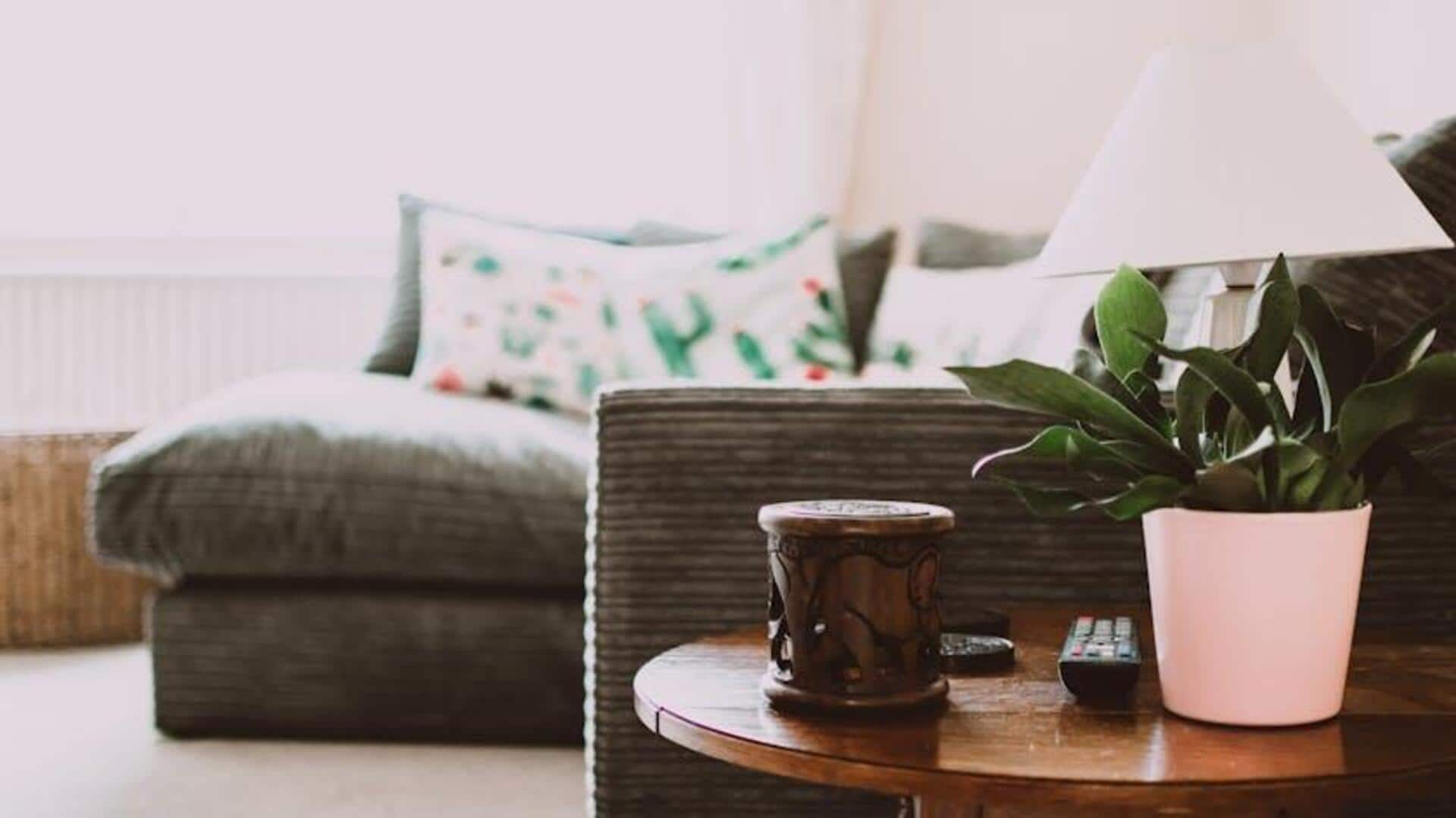
How to create a calming atmosphere at home
What's the story
Creating a calming atmosphere at home or workspace can profoundly affect your mood and productivity. Strategic use of color and furniture placement is key to achieving that serene environment. From knowing how different colors impact emotions to how furniture arrangement affects how we perceive space, you can easily turn any room into a peaceful retreat. Let's explore practical insights into using color schemes and furniture layouts to foster tranquility.
Color selection
Choose soothing color palettes
Selecting the right color palette is crucial to set a calming tone. Soft blues, greens, and neutral tones are known to evoke feelings of peace and relaxation. These colors imitate nature, which has an inherently soothing effect on the mind. Avoid overly bright or bold colors as they can be stimulating rather than calming. Instead, opt for muted shades that promote serenity.
Light management
Optimize natural light exposure
Natural light has a deep impact on making a room calming. By placing furniture in a way that the room is well-lit with natural light, you can improve the room's mood. Use sheer curtains to let in sunlight while maintaining privacy. Mirrors placed strategically opposite windows can also help reflect light in the room, making it feel more open and welcoming.
Layout strategy
Arrange furniture for flow
The way you arrange your furniture has a direct impact on how energy flows in a room. Strive for an open layout that facilitates movement without any roadblocks. Avoid clutter by opting for multifunctional pieces that provide storage solutions while keeping things simple in design. Make sure seating areas are conversation-friendly by angling chairs comfortably around focal points like coffee tables or fireplaces.
Nature integration
Incorporate nature elements indoors
Bringing elements of nature indoors also goes a long way in creating a calming environment. Houseplants not only purify air but also lend life to any space with their greenery. Try placing plants at different heights using stands or shelves for visual interest, without overcrowding surfaces.
Texture application
Use textures wisely
Incorporating different textures adds depth without overwhelming the senses, provided you do it thoughtfully within decor choices such as rugs, cushions, throws, etc. Opting for soft fabrics like cottons, linens, and woolens enhances comfort levels while keeping the aesthetic appeal intact with tactile variety across furnishings and accessories alike.